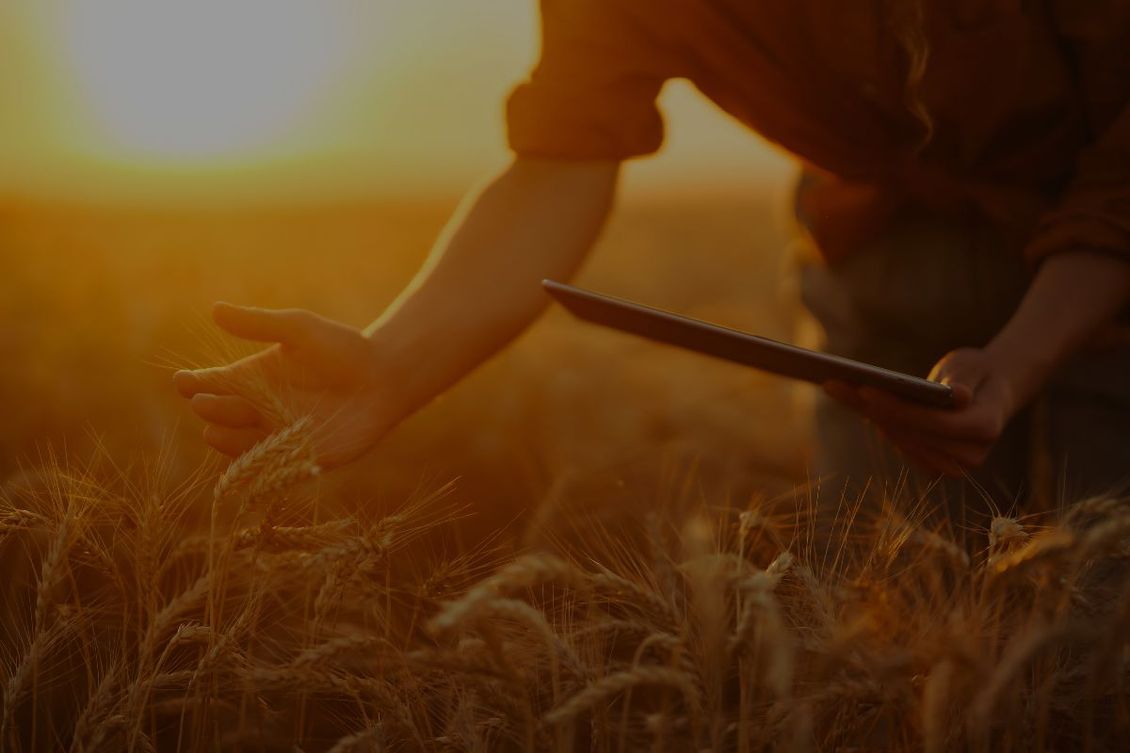
Before you reach for your lab coat and protective goggles, we’d like to invite you to grab your waterproof boots too.
Because when it comes to developing science and technology for food production, there’s a strong argument that more research needs to take place on farms – not just in laboratories.
Research farms provide the space for innovation and progression – but not at the peril of the planet. They enable researchers to validate theories, and gather the answers to key questions about new food systems before those systems are scaled.
In this way, research farms have the potential to tackle some of the biggest challenges facing the F&B industry: sustainability and scarcity.
The food sector accounts for approximately 30% of the world’s energy consumption and 30% of greenhouse gas emissions. Agriculture irrigation accounts for 70% of global water use worldwide.
Action Against Hunger reported that 49 million people in 43 countries across the globe are at risk of falling into famine or a severe hunger crisis, and three billion people can't afford a healthy, nutritious diet.
In the US, researchers at the University of California said: “the goal of sustainable agriculture is to meet society’s food and textile needs in the present without compromising the ability of future generations to meet their own needs.”
And research farms offer a way to do that. They produce food – but at the same time, they’re working towards better ways of producing food in the future.
Existing research farms are already proving their value – and working to change the way we produce and consume food.
Like…
From food production techniques to understanding consumer demand, research farms enable the F&B industry to test new ideas and find out if they could work in the real world.
Take, for example, fruit and vegetables that grow in weird shapes.
According to a 2019 study assessing primary food production in the UK, 3.6 million tonnes (or 7.2% of all food harvested) is thrown away every year – before it even reaches consumers.
Emilie Vanpoperinghe, the founder and CEO of UK-based vegetable box startup Oddbox, said, “the reality is that food waste starts much earlier in the food chain – right from the moment crops are harvested.”
Fruit and vegetables are thrown away at the production stage, because they don’t meet the strict cosmetic specifications. Vanpoperinghe said they “could be on the small side, be an usual shape or colour or have been marked in some way while growing”.
Through a process of re-education, Oddbox is showing that consumers will buy oddly shaped produce if it’s presented in a different way. Research farms could help to support this re-education process on a larger scale – by engaging in consumer education and keeping non-conforming produce in the supply chain.
Climate change is posing a huge challenge to global food production – as extreme weather events, rainfall patterns, and fluctuating regional temperatures affect crop yields, soil health, and livestock productivity.
Research farms are designing strategies to adapt to these environmental (and inevitable) variances and their impact on agriculture.
No matter what field you’re in, continuous development is critical in the face of an ever-changing F&B landscape. There’s still a way to go before we can really tackle multifaceted issues of global food supply and sustainability – but research farms are a valuable piece of the puzzle.
Take your seat at the InFlavour table, a government-backed and world-leading B2B food event by Tahaluf.
E-mail address SubmitWant to keep up to date with all our latest news and information? Enter your name below to be added to our mailing list.
E-mail address Submit